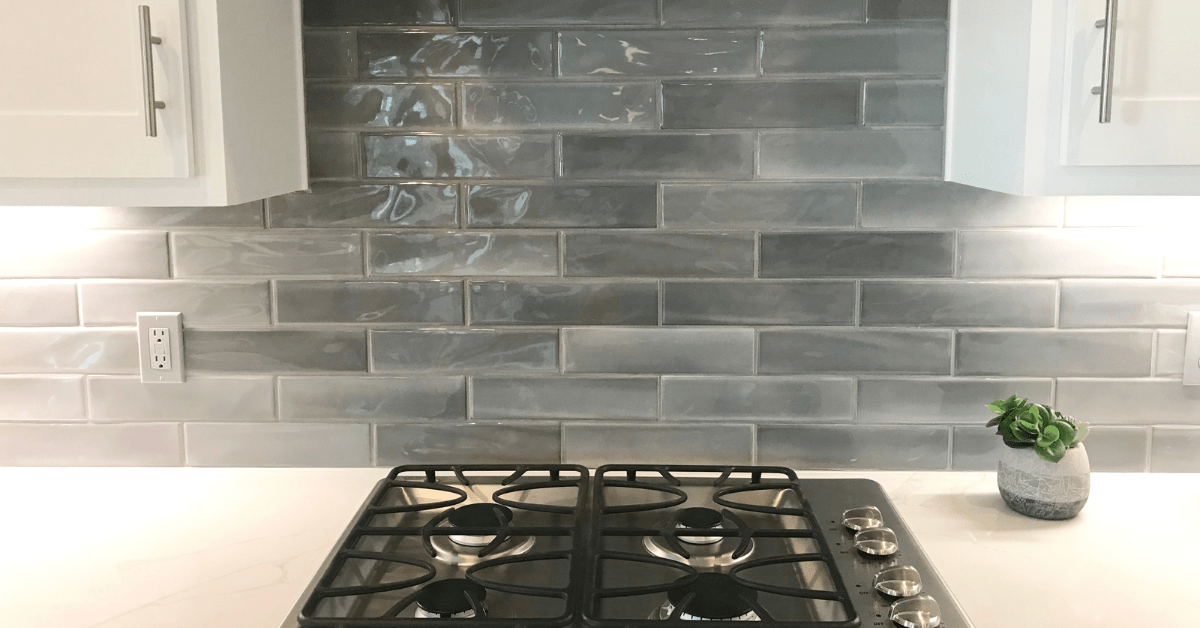Historic house research: 7 steps to learning the story of your home

Start with your local library A new story begins when you purchase a home. But unless your house is new, you?re actually unlocking a story in progress, stepping onto a stage where a series of tales have been rising and falling?with conflict and climax?for years.
When I purchased my home in Portland, Oregon?a simple, Cape Cod-style structure with clapboard siding built in 1908?I was entering a story that had been lived by a cast of unknown characters for over a century. At first, my passion for my new role as ?homeowner? was confined to the present.
What color would I paint my bedroom" What flowers would I plant in my garden" But I quickly felt the presence of the past. How could I properly play my part if I didn?t know who and what had come before me" Researching your historic home is an exciting, albeit tedious, process that will vary depending on where you live, but these steps provide basic suggestions for digging into the past of the place you call home.
1. Confirm the address of your home
House numbers occasionally change as populations grow and neighborhoods evolve. Detroit, Michigan, changed almost all of their house numbers in 1921. Portland revamped their numbering system in the thirties.
This presented an immediate roadblock in my research. As my house was built before the number changes, I spent my first couple of hours trying to track down the original address. Turns out, my section of Portland was an oddity and retained the orig...
| -------------------------------- |
| Dezeen and Samsung Mobile Design Competition | Design | Dezeen |
|
|












